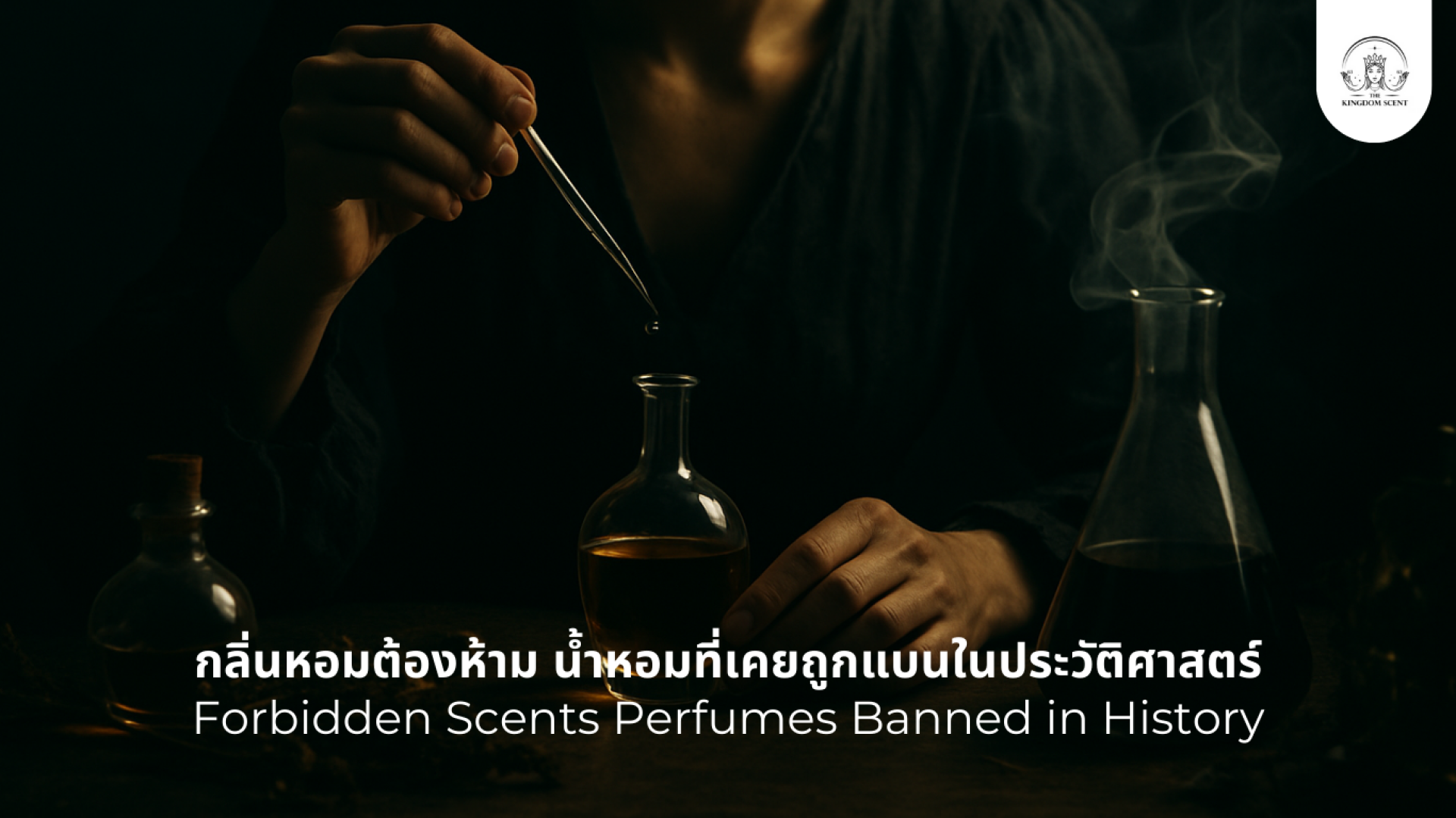Forbidden Scents Perfumes Banned in History

Not all fragrances were always accepted. Throughout history, some scents considered luxurious in one era were banned in anotherfor reasons tied to religion, politics, law, or health...
Famous Forbidden Scents
Animal Musk
Once prized for its sensual depth, natural musk derived from musk deer was banned in many countries during the 20th century to protect endangered species. Today, it is replaced with synthetic musk.
Ambergris
A rare substance from sperm whales, once beloved in medieval Europe. Countries like the U.S. and Australia prohibit trade under CITES regulations for whale protection.
Frankincense & Sacred Woods
In certain historical periods, incense was banned due to religious associations. For instance, early Roman Christians opposed its use in pagan rituals.
Oakmoss
A cornerstone of Chypre perfumes, restricted by the IFRA due to its potential allergenic effects. Modern perfumery now uses substitutes or safe concentrations.
Why Were Scents Banned?
- Religious reasons Associated with prohibited rituals
- Legal reasons Wildlife protection and environmental laws
- Health concerns Allergens or harmful substances
Perfume history reveals that scent is never just about beautyit mirrors religion, society, and law. Learning about forbidden scents highlights why todays fragrance industry prioritizes sustainability, safety, and synthetic innovation.
อ้างอิง (References)
International Fragrance Association (IFRA): https://ifrafragrance.org
CITES (Convention on International Trade in Endangered Species): https://cites.org
Classen, Constance. The Deepest Sense: A Cultural History of Touch. University of Illinois Press, 2012.
Stamelman, Richard. Perfume: Joy, Scandal, Sin A Cultural History of Fragrance.


